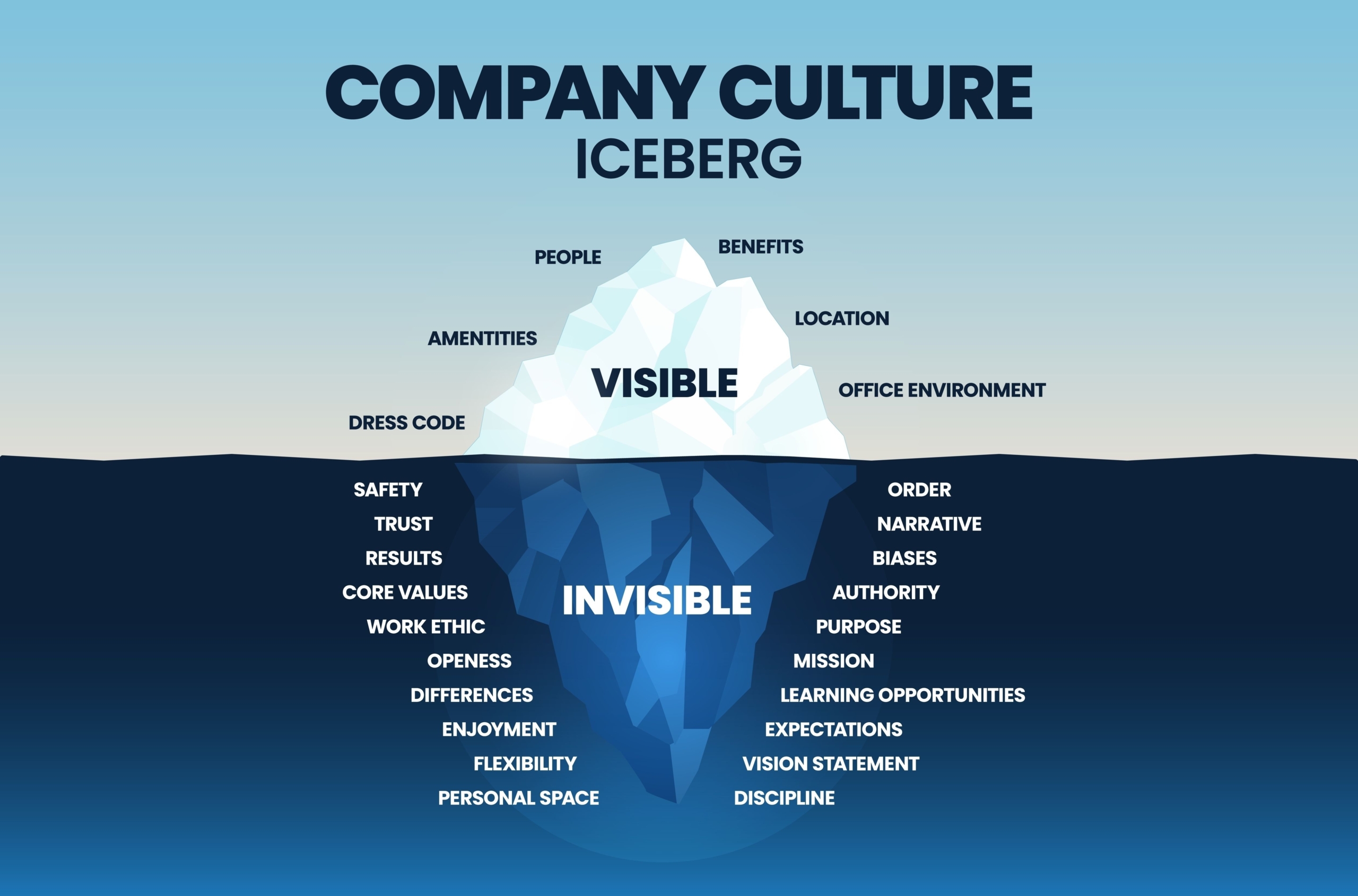Many organisations present a pretty picture to the outside world, but the culture is not so pretty. I find myself often asking if the marketing department of some of the large organsitions in Australia have any link to the reality of dealing with their organsitions. Sometimes that gap is enormous, and I’m left wondering why they bother advertising at all.
An organisation’s culture is about how people feel, think and respond to the environment they are in, in order to survive, feel safe and achieve (in their own definition). Window dressing does little to impact this. Having a magnificent building, or wonderful amenities or great location will do nothing to lift the performance of the company if the culture is not positive and enabling. And the opposite can be true, a wonderful culture where people can be their best, feel supported and engaged can build a business that may not have the best ‘frontage’.
You have a culture, it unavoidable, question is “is it the culture you got by default or the culture you purposely developed?” Good culture is by design and it starts at the top and flows down through the organsition. People are looking for the ways they can best fit in, feel safe and achieve in any group and it is the leaders who create that context. If they don’t, it will be what it will be and sometimes that is not what builds, drives and sustains your organsitions.
The number one role of the senior leadership team is to manage the culture of the organsition. It is the most effective strategic advantage because it is so challenging to replicate by your competition.
Business theorist and psychologist Edgar Schein, credited with founding the discipline of organisational behavior, offered this insight: “The only thing of real importance that leaders do is to create and manage culture. If you don’t manage culture, it manages you.”
Peter Drucker said “culture eats strategy for breakfast.”














Leave A Comment